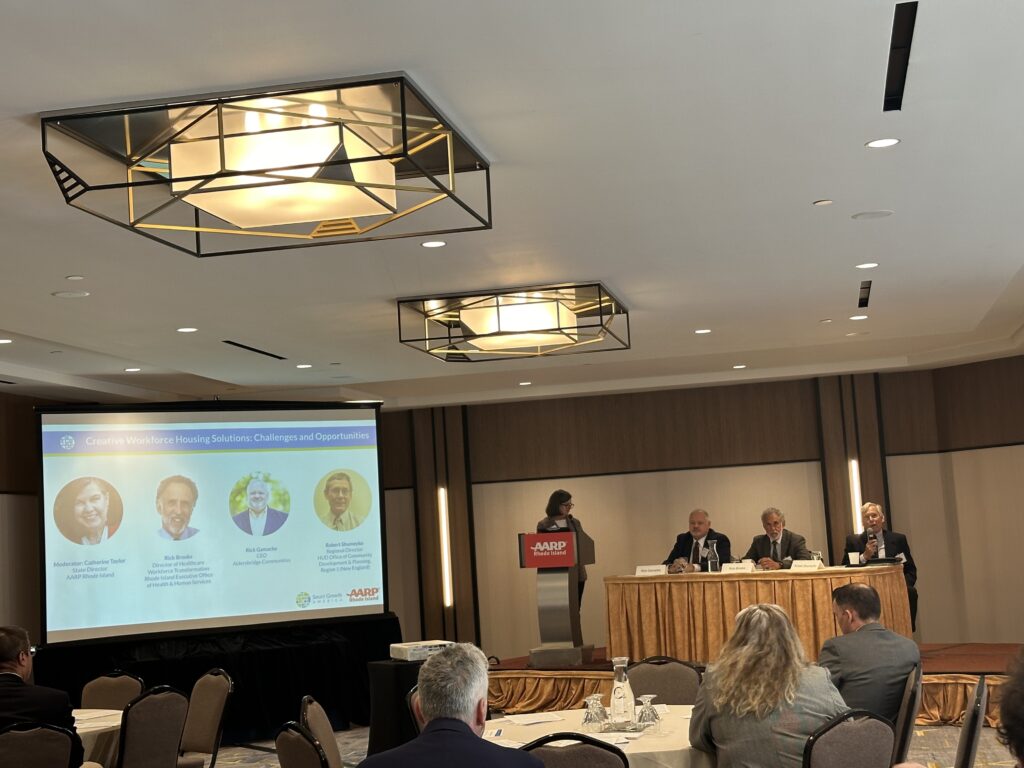To reshape our transportation system and address staggering maintenance needs, we must prioritize repairing existing infrastructure before expanding our roadways any further.
The 2021 Infrastructure Investment and Jobs Act provided an unprecedented level of funding for U.S. infrastructure, so why are our roads and bridges still deteriorating?
Despite a requirement for transit systems to maintain a state of good repair, there is no such requirement for our bridges and highways. As a result, decision-makers continue to use taxpayer dollars to fund new lanes rather than repair existing ones.
This wasteful cycle of expansion and misallocation of resources has created a system with a staggering maintenance deficit and no clear plan to address it. Each new lane has its own maintenance needs, meaning we continue to add to the number of roadways in need of attention. And the intensifying impacts of climate change and extreme weather events, as seen through the above-normal Atlantic hurricane season this year, will create new challenges on all of our infrastructure, further exacerbating our maintenance and investment needs.
A negative return on investment
Transportation agencies use models to predict future traffic and plan the roadway system accordingly. For decades, they’ve used these models to justify costly highway expansions, claiming that expansions are needed to help relieve traffic congestion. Yet billions of dollars have been spent on this strategy, and traffic has only gotten worse. With no requirement to revisit and update these models, we continue to throw our dollars at a solution that simply doesn’t work.
Our ever-expanding roads widen community divides, costing Americans more in travel time, especially if they don’t travel by car. They worsen traffic, meaning Americans spend more time in traffic than before. And low-income communities face the greatest burden, as they are more likely to be located near wide, dangerous roadways and also least likely to have their maintenance needs met.
Americans want to fix it first
Americans have caught on to the congestion con, as 82 percent of voters don’t believe that highway expansions reduce traffic. The most popular long-term solution to reducing traffic in U.S. communities is repairing existing roads—not building new ones.
We need to stop borrowing against the future and instead adopt an approach that values fixing what we have before adding to the system. Prioritizing “fix-it-first” principles would reorient our transportation program to emphasize addressing repair needs before creating new maintenance liabilities. This approach not only begins chipping away at our maintenance backlog, but produces more jobs, enhances safety, and brings roads to an improved state of repair in rural, urban, and suburban communities alike.
The last two decades have proven that pouring money into the same flawed system is failing to make it any better. Delaying investments in repair means that we will only increase the costs of our maintenance needs in the long-run. We cannot afford to continue the status quo. With the next transportation reauthorization bill looming, it is necessary for our federal funding to be focused on achieving a state of good repair and delivering on better economic, environmental, and social outcomes for our communities.
It’s Fix It First Week. Transportation for America has identified three key principles for the next federal investment in transportation and infrastructure: Invest in the Rest, Fix it First, and Safety over Speed. Why do they matter? Follow along with us over the next several weeks as we provide explanations and real-world examples of how these principles can help reshape U.S. transportation for the better. Learn more.
The post It’s time to stop expanding and start maintaining appeared first on Transportation For America.

